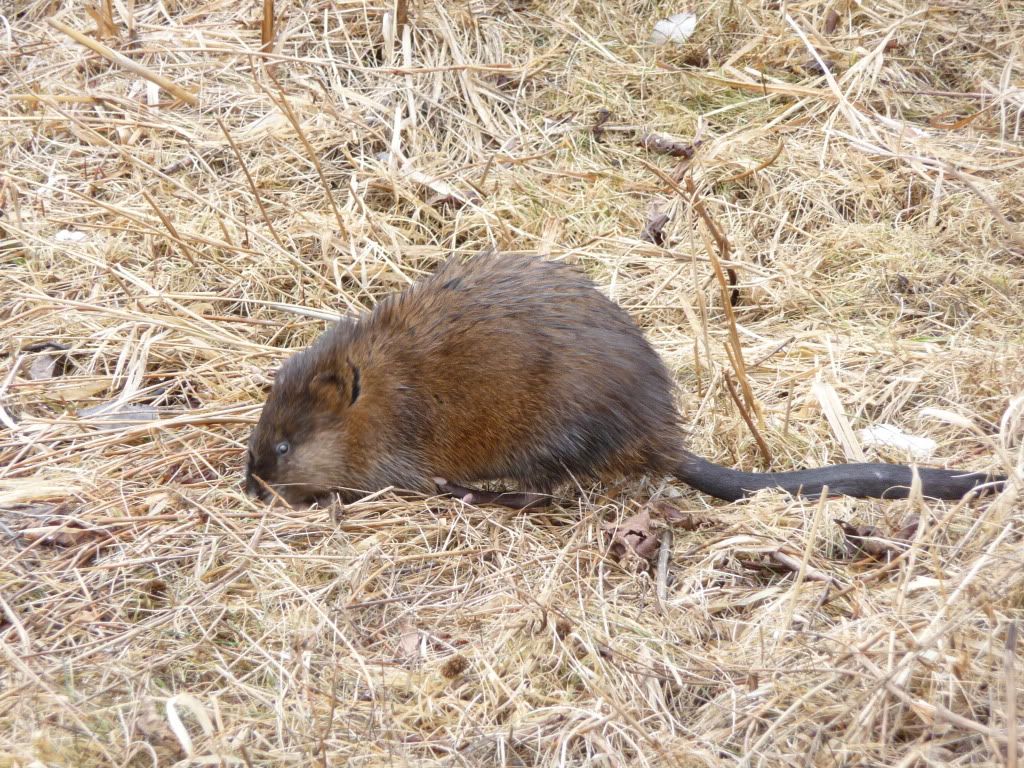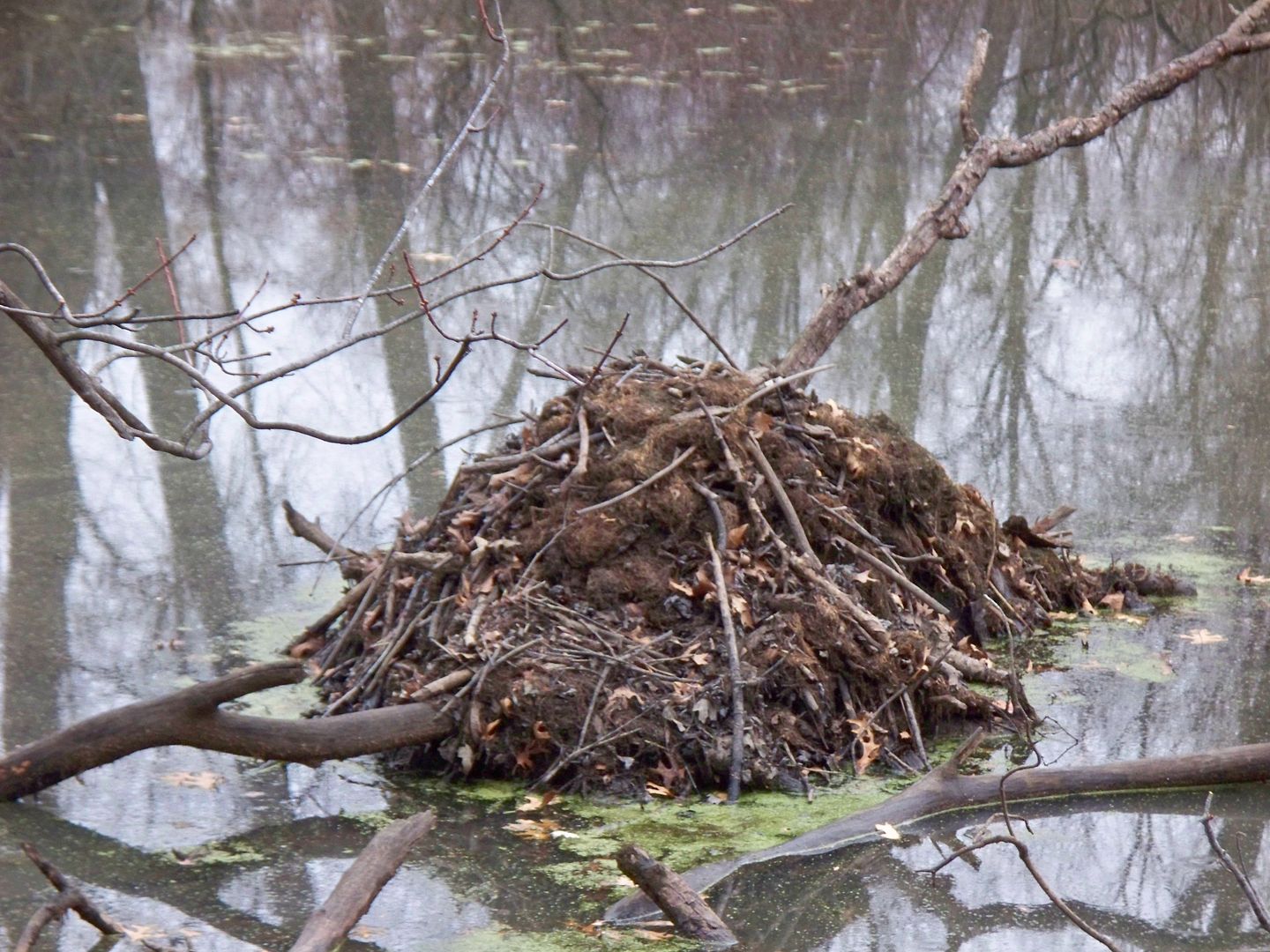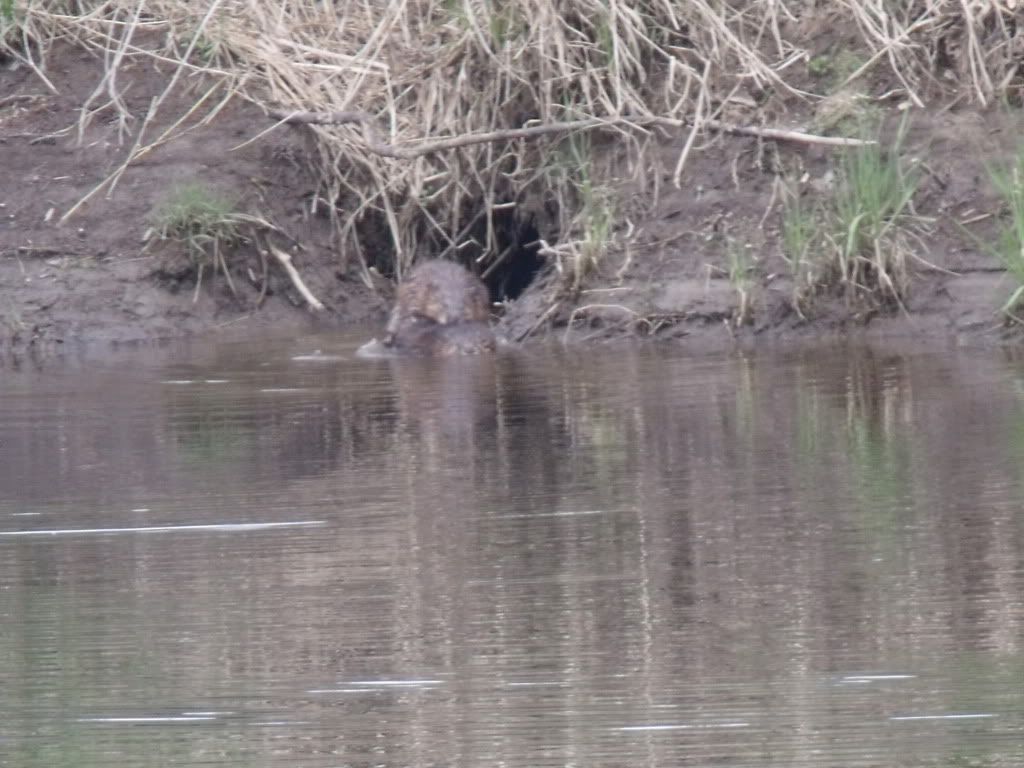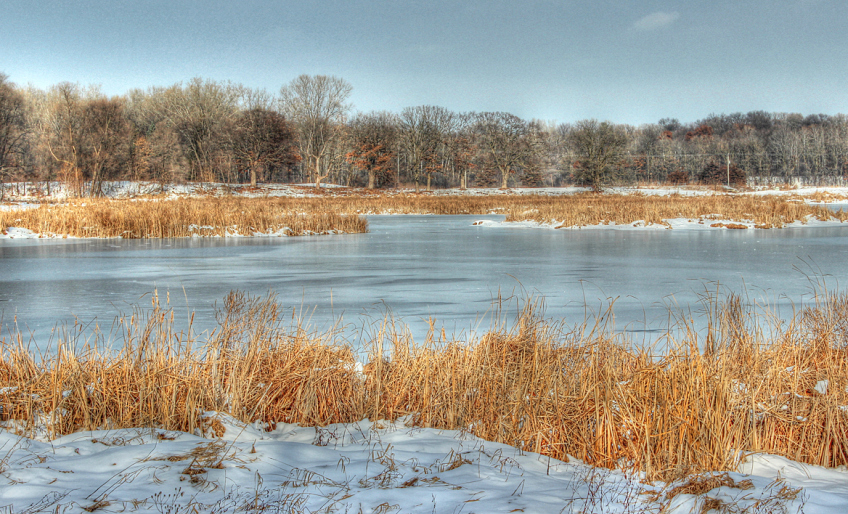|
Blackstone River Watershed Association
|
|
|
BRWA NEWS
|
Annual Winter Hike
Mark your calendar on Saturday, January 25 to join us for our annual
winter hike at the West Hill Dam and Park in Uxbridge. The U.S. Army
Corps of Engineers (ACOE) manages this amazing 567-acre property, which
is situated along the West River within the Blackstone River National
Heritage Corridor. Susan Thomas, BRWA Program Coordinator and a natural
history guide for Mass Audubon, will lead us on a scenic hike through
the pine and oak woodlands, along the river, and past wetlands and open
meadows of this vibrant wildlife management area. Along the way, Ms.
Thomas will share her knowledge of the plants and animals of the area,
as well as the hydrological features of this federally-managed flood
control project.
Aerial View of West Hill Dam..
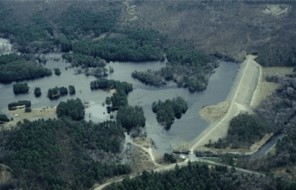
|
This will be a moderate, 3-mile hike. The ground is uneven and could be
snow covered or muddy depending on the weather. Wear appropriate footwear
and bring water. Following the hike, we will return to the parking area
for warm drinks and refreshments. We hope you can join us!
Participants should meet at the West Hill Dam entrance located at 518
East Hartford Avenue, Uxbridge, MA. Signs will direct you to the entrance
for the dam and ACOE office, which is a short distance down East Hartford
Avenue beyond the road that leads to the West Hill Park entrance. For
more information, or to RESERVE YOUR SPOT, please e-mail
events@thebrwa.org..
top
|
New Board Members
Our mission is to engage, educate and advocate
to improve water quality in the Blackstone River Watershed. And we
work towards this mission with the help of the BRWA Board, other BRWA
members, and our community partners. We are excited to have three talented
and enthusiastic new Board members who joined us last November!
Joy Trahan-Liptak has been involved in a variety of initiatives
and events in the Blackstone Watershed. She has interned for the EPA
working with local groups to promote the development of fish ladders
in Rhode Island, studied pollutants in indicator organisms and served
as a site captain for the Greenway Challenge. She holds a degree in
biology with a concentration in ecology and environmental biology from
WPI where her life-long interest in the environment extended to watershed
management. She is currently a biologist for a lake and pond management
company and serves as a founding board member for her hometown’s land
trust. Joy likes to spend much of her free time outdoors – hiking,
fishing, and canoeing. She is looking forward to assisting the BRWA
with research and ecosystem restoration projects.
Gordon Hankinson lives in Cumberland, RI, and has enjoyed
exploring the Blackstone River in his efforts to become a more competent
kayak paddler since taking that up four years ago. Gordon considers
the river to be of tremendous importance to this area for its role in
the natural water cycle, as a wildlife and plant habitat, as a recreational
resource, and as a key component in the historical development of
bordering communities. He has had considerable work experience in
document preparation, committee function, and regulatory interaction
which will be of great use to the BRWA. Gordon’s other interests include
pre-1945 jazz records, classic films, and sports cars/automotive history.
Mary Murray has extensive understanding of sewer issues as the
long-time manager of Grafton's sewer department. She is also skilled
in fund raising and project coordination, all of which will be a great
boost to the BRWA's efforts to improve the blackstone river's water
quality. Mary is active in many community activities including the
Grafton Walking Club, the Grafton Food Bank, and the annual Gazebo
Road Race. She enjoys enjoys hiking through area woodlands and canoeing,
especially in the Quabbin Reservoir. She holds an Associates Degree
in Arts and Science.
We also welcome Maggie Plasse who is returning to the Board
after a short hiatus. We missed her contributions to the BRWA and are
thrilled to have her back.
top
|
|
CALENDAR OF EVENTS
|
January is National Mentoring Month
If you consider yourself skilled, or just
enthusiastic, about an outdoor activity, set aside some time this month to
mentor a young person who hasn't had the opportunity you have had to learn
about nature. Share your knowledge about birding, tree identification, fly
tying, snowshoeing, star gazing, tracking, owl calling, hiking, or ice
fishing. You'll be making the world a better place!
|
|
1/23
|
BRWA Board Meeting.
6:45 p.m. to 8:30 p.m. 271 Oak St., Uxbridge
info
|
|
1/25
|
BRWA Annual Winter Hike @ West Hill Dam and Park.
1:00pm to 3:00 pm. 518 East Hartford Avenue, Uxbridge, MA.
See abovefor details.
|
|
2/5
|
Wetland Shrubs in Winter.
New England Wildflower Society and the Mass
Association of Conservation Commissioners. 10:00am. - 2:00pm. Garden in
the Woods, Framingham.
info.
|
|
2/15
|
Blackstone Canal Conservancy Work Day.
9am. Meet at Plummers Landing west parking area,
Church Street, Northbridge. For info, contact Dave Barber 508-478-4918
|
|
2/19
|
Blackstone River Watershed Council Monthly Meeting.
6:30-8:30 p.m., Lincoln, R.I.
info
|
|
2/27
|
BRWA Board Meeting.
6:45 p.m. to 8:30 p.m. 271 Oak St., Uxbridge
info
|
top
|
THINK GLOBAL, ACT LOCAL
|
2014 is the Year of the Salamander!
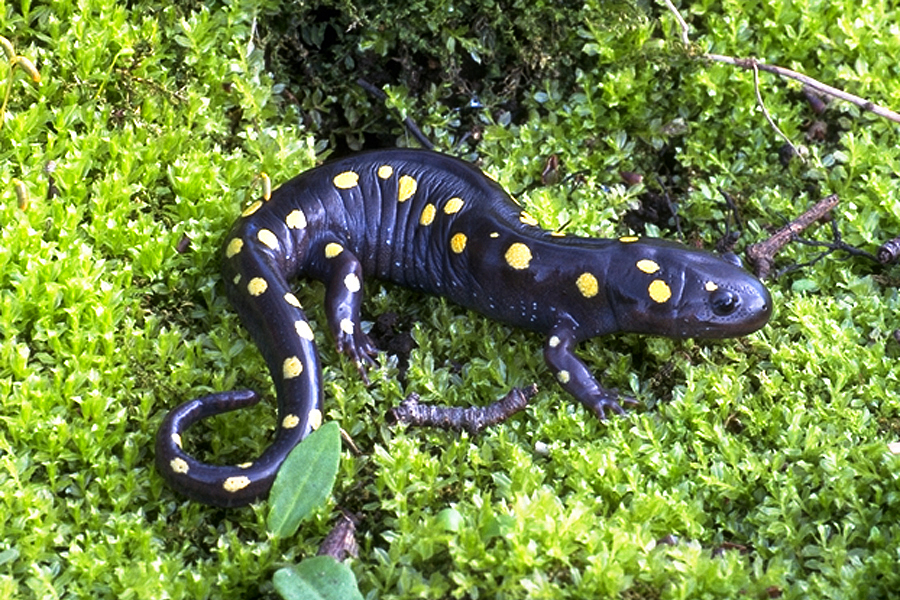 In our March 2013 newsletter, we talked about
salamander migrations, which typically occur in late winter or early
spring. These fascinating amphibians are an integral component of the
Blackstone River watershed by serving as both predator and prey in
woodland and wetland food webs. 2014 has been designated as the Year of
the Salamander by the international organization Partners in Amphibian
and Reptile Conservation (PARC). In Massachusetts, salamanders and
other non-game species are monitored and protected by
Mass Wildlife's Natural Heritage and Endangered Species Program.
Information about PARC's activities can be found at
http://parcplace.org/news-a-events/2014-year-of-the-salamander.html.
In our March 2013 newsletter, we talked about
salamander migrations, which typically occur in late winter or early
spring. These fascinating amphibians are an integral component of the
Blackstone River watershed by serving as both predator and prey in
woodland and wetland food webs. 2014 has been designated as the Year of
the Salamander by the international organization Partners in Amphibian
and Reptile Conservation (PARC). In Massachusetts, salamanders and
other non-game species are monitored and protected by
Mass Wildlife's Natural Heritage and Endangered Species Program.
Information about PARC's activities can be found at
http://parcplace.org/news-a-events/2014-year-of-the-salamander.html.
top
|
|
SPOTLIGHT ON SCIENCE
|
Muskrats
Ondatra zibethica is a common rodent
that is equally at home in water or on land. Reaching a maximum of four
pounds, it resembles a small beaver. It has brownish-black fur that is
comprised of a dense undercoat covered with guard hairs. The outstanding
insulation and waterproof qualities of this pelt make it favored by
trappers. The muskrat's semi-aquatic lifestyle is further aided by its
webbed hind feed, small ears and eyes, a vertically flattened tail used
as a rudder, and an extraordinary ability to hold its breath for up to
20 minutes!
Muskrats inhabit marshes and slow-moving streams. They construct mounds
similar to those of beavers, but smaller. They gather aquatic vegetation
and mat it down to make an underwater mound entrance that leads up into
dry chambers. Sometimes, muskrats will share mounds or connect them
together. And, like beavers, muskrats alter their environment. But
whereas beavers dam up streams to flood previously dry areas, muskrats
dig channels through a marsh to deepen paths for swimming. When muskrats
live in a stream rather than a marsh, they will dig tunnels into stream
banks that then lead to multiple chambers. They make ventilation holes
to help circulate air, and on cold winter days, steam rising from these
vent holes helps wildlife viewers locate muskrats.
Muskrats are primarily herbivores, munching their way with their
ever-growing incisors through cattails, sedges, algae, and other aquatic
vegetation. Only a small portion of their diet is comprised of aquatic
animals; animal food items include snails, clams, and other macroinvertebrates.
Females give birth to multiple litters each year between March and July.
The young are born dependent and are weaned after two months. They can
live up to four years in the wild. Muskrat populations, with their
robust reproductive potential, sometimes exceed the carrying capacity
of a local waterway. When this happens, the food supply vanishes and a
muskrat population can crash if individuals do not relocate to a new area.
Conflict with humans can arise when, following depletion of the muskrat's
natural food supply, muskrats turn to eating farm crops. Muskrats are
also considered a pest when their digging undermines dams, levees, and
other water structures. Keep an eye out for these ingenious little
creatures the next time you are out enjoying a local waterway!
To view muskrats in action, go to:
http://www.youtube.com/watch?v=-mj36HTIJFY
References:
Vermont Fish & Wildlife Department
Washington Department of Fish & Wildlife
Connecticut Department of Energy and Environmental Protection
top
|
|
FAMILY FOCUS
|
Wildlife Videos
Wildlife videos are a fun way to learn about animals
in their natural environment. Videos may be made in the traditional way, or
as a webcam with live feed from a den or nest. Some scientists even use
crittercams in which a recording device is attached to an animal in a
non-intrusive manner. For some rare or secretive species, webcams and
crittercams may be the best way for biologists to study the behavior and
ecology of an individual or population. For other species, it's just more
convenient for people to click their computer mouse than to repel down a
cliff, navigate class-3 rapids, or fend off ravenous insects.
Here are a few webcams and videos that offer glimpses into the fascinating
lives of species that inhabit riverine habitats.
top
|
|
BE GREEN
|
 Fireplaces
Fireplaces
Cold winters have a way of bringing people and fireplaces together.
They offer warmth and ambiance as the snow falls and the winds blow.
However, they also create a significant drain to your overall home
energy budget by allowing warm air in the house to escape up the chimney.
According to EarthShare's website
(www.earthshare.org), 24,000 cubic feet of air can be vented outside
through the chimney. That's a lot of money to go up in smoke!
Homeowners who are set on keeping their traditional fireplace can minimize
this heat loss by cracking the nearest window, maintaining a clean
chimney, using heat-tempered glass doors, and of course keeping the
damper closed when the fireplace is not in use. A more energy-efficient
option is to install a gas fireplace. They still provide heat and
charm while circulating up to 80 % of the heat back into the home
(www.thisoldhouse.com).
top
|
|
REFLECTIONS
|
“It is not half so important to know as to feel.” Rachel Carson
I used to live on the Cape. The late fall and winter were my favorite
times of the year to be by the water. The grasses turn golden, water
ices over along shorelines, and the trees display their exquisite branch
designs. You can't help but slow down and appreciate the nuances of the
moment. Below is an image from Minnesota that captures the same quiet peace.
top
|
Views & opinions expressed in linked websites do not necessarily
state or reflect those of the BRWA.
|
|
Your input is crucial to this eNewsletter. If you have a local
watershed-related story, information of interest to our subscribers, or
comments about this publication, drop an email to the editor.
The Blackstone River Watershed Association (BRWA) has a mission to
engage, educate and advocate for improved water quality in the Blackstone
River Watershed; its objectives are to:
- Engage the public in watershed stewardship activities,
- Educate members, supporters and watershed residents on watershed protection strategies, and
- Improve the water quality and esthetics of the Blackstone River Watershed’s water bodies.
The BRWA eNewsletter is published monthly by the Blackstone River Watershed
Association. BRWA is a 501(c)(3) non-profit organization.
Editor: Susan Thomas susan.thomas@thebrwa.org
Mailing address: BRWA, 271 Oak Street Uxbridge, MA 01569
Phone: 508-278-5200 Web: www.thebrwa.org
Click here for back issues.
|
|



